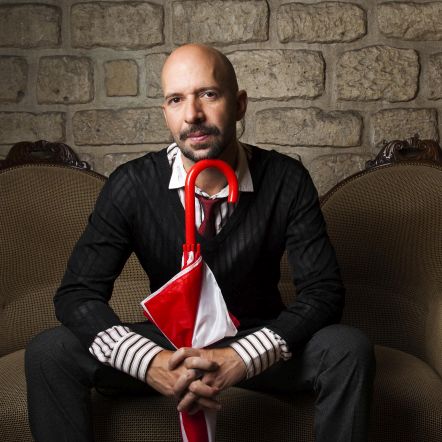How to Transition from One Routine to the Next
To stomp down approach anxiety and open is no easy feat, yet a second hurdle awaits just beyond delivering the opener. A good opener gets people talking but then the conversation runs out of steam. An awkward hush falls over the group as your mind scrambles for the next thing to say. Each excruciating second of silence intensifies the burning desire to politely be on your way. If “premature ejection” after the opener sounds familiar then you might need to strengthen your ability to transition.
After you open the set, the next sequential step is to enter the attraction phase in which you will demonstrate value with storytelling, routines, and the other conversational tools you have at your disposal. However, all the pyrotechnics of attraction fall flat on their face if you seem needy or try-hard, so transitioning becomes very important.
The first key to transitioning is to not allow the momentum of the opener to wane. It is difficult to jump start conversation after it comes to a dead standstill because you seem too eager to continue speaking with the group. Instead, redirect the flow of conversation during a point of excitement when the interest in the topic is still vibrant in the air. The best moment to transition is during a high point of conversation like when you get an animated reaction or just as laughter begins to die down.
One great way to of transitioning is to suddenly notice something specific about someone in the group. Spontaneity is the key to this transition as it is an abrupt yet seamless detour of the conversation. As the opener is being discussed cut yourself off and announce your observation. “…Yeah I thought there were seven oceans too but, wait, hold up, is that a pinky ring? It’s funny, my friend taught me that the finger you choose to wear rings on says something about your personality.” And away you go into the Ring Finger Routine.
The Best Friends Test, C’s vs U’s, and a slew of cold readings and DHV routines all begin with this transition. In a social setting you needn’t worry about seeming random or out of the blue. The music’s loud, people are mingling, you’re in a great mood, let it rip. “I agree, you have to floss before you brush! Whoa, whoa, how long have you two known each other? Just then I could totally tell. Check this out…” And away you go into the Best Friends Test.
A second great way to smoothly transition is a simple introductory phrase. Instead of barreling right into your next piece of material you can make it seem more relevant and spontaneous with a quick precursor. This works particularly well when storytelling. “You know, it’s funny…” is a beautiful, all purpose ramp up into a story or routine. “You know, it’s funny, just as I was walking in here this girl comes up and asks me…” and away you go into a story.
Your third transitioning move is a short rhetorical question that preludes your next conversational topic. “You know what’s crazy? You both seem like the kind of girls that…” and you stack into a cold read. Again, before the opener fizzles, have the stronger frame to interrupt the current topic.
This fourth form of transitioning is a bit advanced but quite effective. Any information you gather from the response of the group during the opener is an opportunity to change the course of the conversation to that particular topic. Follow and encourage tangents. If you use the Jealous Girlfriends Opener, for instance, and someone in the set mentions cheating then redirect the conversation onto that thread. “Interesting you say that because what exactly is cheating in your opinion? I was discussing this earlier with a lady friend of mine who said…” and off you go into the attraction phase. This requires quick thinking and a keen ability to improvise a stimulating conversation without losing the momentum or drifting into cliche.
Memorize a few different ways to transition from your opener into a fun routine. Conversations often fall flat very quickly and it’s a terrific skill to have developed the verbal dexterity to redirect its flow in a natural, fluid way.



One Comment on “The Game After the Opener”
I think this post is a very good one! It’s what was missing for me to pass the day 10! Because the book shows you how to open a conversation, but don’t shows how you continue on it till you get a good condition to start doing qualifications and disqualifications. If The Game gets an reedition, for me, this could be on day 10.